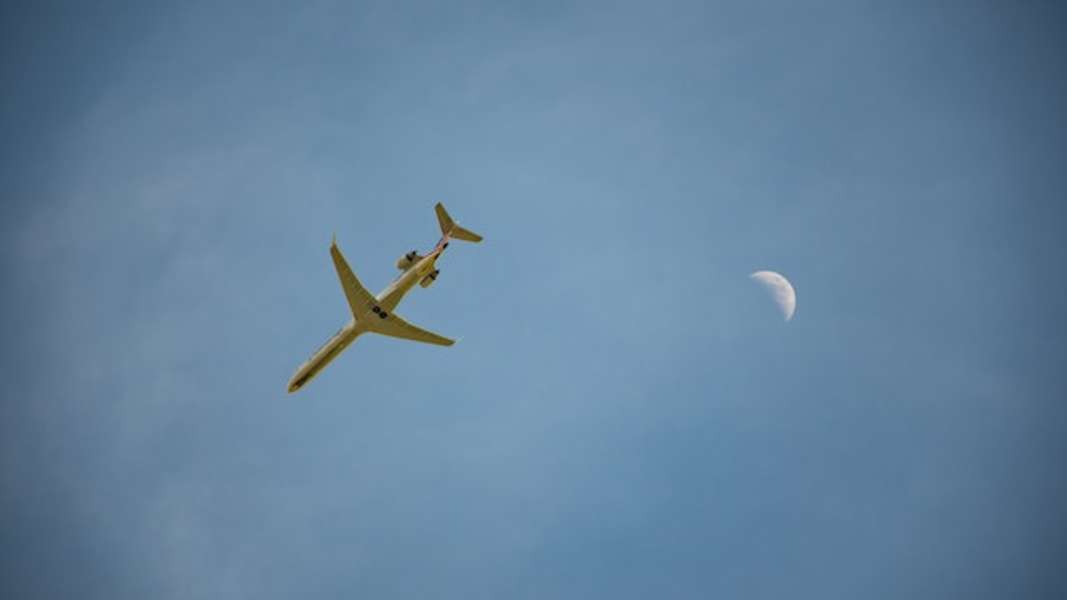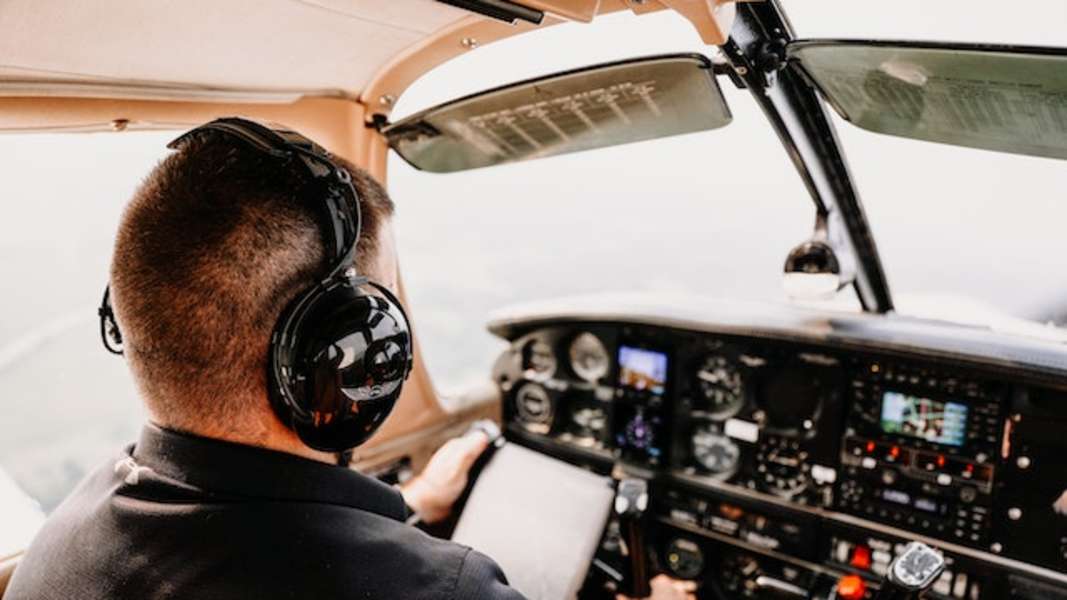What is a low time pilot role?
A low time pilot refers to a pilot with limited flight experience, particularly in the number of flight hours logged.
Low time pilots usually have recently completed their flight training and have obtained their pilot's license. They have completed the necessary requirements to become a licensed pilot but have yet to accumulate a significant number of flight hours.
Low time pilot roles refer to roles where newly qualified pilots can build more flight hours.
These roles are open to those with limited flying experience, allowing them to gain practical experience, accumulate flying hours, and develop the skills necessary to progress in their aviation careers.
How do you land a pilot role with no experience?
Many commercial employers recruit experienced pilots with a substantial number of flying hours. This means that many newly qualified pilots with their personal pilot license (PPL) or Commercial Pilot License (CPL) are unable to secure roles with the airlines due to their limited flying experience.
This puts these individuals in the dilemma of being interested in securing a pilot role but unable to secure a position due to their inexperience and low flight hours.
Low time pilot jobs are a solution to this. These roles enable pilots who have gained a private pilot license (PPL) - a license that allows individuals to fly private, non-commercial aircraft, to build up their flight hours.
Why is building flight hours important?
In the aviation industry, flight hours are used as a measure of a pilot's experience and proficiency.
Given this, there are several reasons why the number of flight hours a pilot has gained is important.
Builds confidence: The more flight hours a pilot has gained, the greater their confidence and knowledge is. Pilots become familiar with the different weather and flying conditions they can experience mid-flight. This experience builds a pilot's confidence and capability, especially in dealing with unforeseen flying conditions.
Builds flying experience in the air: Pilots must be able to deal with all eventualities when flying an aircraft. Building flight hours means that, as a pilot, you increase your experience. The more experienced you are, the quicker you can recognize any possible anomalies, preventing situations before they arise.
Widens career options: The more flight hours a pilot has, the increased number of opportunities open to them. Larger commercial airlines look for a specific number of flying hours for both their short and long-haul destinations. Those with more flying hours have a wider choice of job opportunities open to them.
Increased salary prospects: Pilots who have built up their flying hours and are, in turn, more experienced can command a higher salary by applying to higher-paid positions.
How many flight hours do you need?
The number of flight hours a pilot needs can vary slightly by country. In general, the guidelines for flight hours for pilots are as follows:
- Private Pilot License (PPL): To gain a PPL, individuals need between 40 - 45 flight hours
- Commercial Pilot License (CPL): To fly as a commercial pilot (i.e., on a contract for hire purpose flying an aircraft of 9 seats or less), individuals must have a minimum of 150 flight hours. It is worth noting that many individuals with a CPL have gained at least 250 flight hours.
- Airline Transport Pilot License (ATPL): Individuals who have attained their ATPL have 1500 flight hours. ATPL-qualified pilots are qualified to fly commercial aircrafts with nine seats or more.
Ultimate list of low time pilot jobs to consider
Many pilot jobs are available for those with less than the required flight hours to fly commercial airlines.
Here is the ultimate list of low time pilot jobs that enables pilots to build their flight hours while enjoying the role they were trained for.
#1 Agricultural Pilot
Many agricultural companies hire agricultural pilots. The role focuses on spraying crops and agricultural fields from the air, ensuring the crops are thoroughly dusted with fertilizers.
While these roles, in some cases, may require specialized training and certification, agricultural pilot roles are an excellent way for low time pilots to build up flight hours during certain times of the year.
#2 Skydiving Pilot
Skydiving centers hire low time pilots to fly aircrafts that take clients on skydives. This role involves flying skydivers to an appropriate altitude to ensure safe operations during the jumps. Salaries can vary, as skydiving pilots are usually paid per flight. The minimum number of flight hours varies according to the sky diving center.
#3 Air Ambulance Pilot
Air ambulance pilots are integral to the medical team transporting critically injured patients. In this role, pilots are involved in the medical evacuations and transportation of patients to and from different hospitals.
Some air ambulance companies require individuals to have specialist qualifications in specific instrumentation. They must be able to keep calm under pressure, have strong navigation skills, and be proficient in using flight instruments.
Individuals also need to make sound decisions during emergencies or unforeseen circumstances. This could involve diverting to an alternate airport due to weather conditions or adjusting flight plans to accommodate medical needs.
Given the nature of the role, air ambulance pilots often work flexible and unsociable hours. They must be adaptable and willing to accommodate the position's requirements.
#4 Cargo Pilot
Logistics companies such as DHL often look for pilots to transport cargo by air. Typical duties include preflight checks, reviewing weather conditions, and checking aviation systems. In some instances, cargo pilots may also be asked to inspect cargo and assist with loading and unloading, ensuring that the cargo meets weight and safety conditions.
While some cargo pilot roles involve regular work schedules, others may require pilots to be on-call or work irregular hours, including nights, weekends, and holidays. As the nature of cargo operations often requires flexibility regarding work schedules and availability is a must.
#5 Flight Instructors
Many flight schools hire instructors with a lower number of flight hours to train new pilots. Becoming a flight instructor allows pilots to build flight hours while sharing their knowledge with less experienced individuals.
All flight instructors must have attained their commercial pilot license. The primary goal of a flight instructor is to guide trainee pilots, helping them develop the necessary skills and knowledge to become competent and safe when flying.
They must teach students various aspects such as aircraft controls, procedures, navigation, emergency protocols, and aviation regulations. In addition to the usual responsibilities of any pilot, such as weather monitoring, flight instructors are also involved in lesson planning and updating training materials, ensuring that all materials used meet current regulations and guidelines.
Salaries for flight instructors vary according to the training center and number of flying hours an individual has.
#6 Traffic watch pilot
Traffic watch pilots generally work for television or radio stations. Their role is to fly an aircraft while collecting data on local traffic areas, observing from the air.
As traffic pilots must safely fly a plane while observing what is happening on the ground and relay this information to relevant parties, the ability to keep calm and manage multiple priorities is needed for this role.
These roles require shift work or work during special events, often early morning or evening work. Salaries in this role can vary according to experience and shifts worked.
#7 Aerial Survey Pilot
Engineering firms often employ low time pilots to conduct aerial surveys. These planes are equipped with special sensors enabling data to be mapped and collated on the integrity of a structure, for example, a suspension bridge.
Aerial survey operations pilots are also able to take images of structures and collect weather data to help with the monitoring of systems.
Many firms, such as Ravenair, look for pilots to have 300 hours of flying time to be eligible for an Aerial Operations Survey pilot role (P1/P2). These roles are salaried roles with an accompanying benefits package.
#8 Sightseeing/Experience Pilots
Some tourist destinations' sightseeing and client experience companies employ pilots to provide tours of scenic areas by air. These pilots fly over landmarks and, in some cases, provide commentary during the flight.
The salary for these roles varies and is usually per flight. For those interested in meeting passengers, this role serves as a great way to accumulate flight hours.
#9 Pipeline patrol pilots
Pipeline patrol pilots conduct aerial surveillance and inspection of oil and gas pipelines to ensure their safety and security, ensuring no pipeline issues.
Aircraft are equipped with specialist equipment enabling pilots to monitor for leaks or irregularities in pipelines. Pipeline patrol pilots must report and document any observed issues or anomalies during patrols. This may involve using specific reporting systems or communicating with ground-based personnel. Should any problems be discovered, pipeline patrol pilots must liaise with ground-based teams, helping to guide emergency responders to the site.
As guidelines stipulate pipelines must be checked regularly, pipeline patrol pilots can build up their flying hours relatively quickly in this role. Salaries for pipeline pilots are paid per mile monitored.







